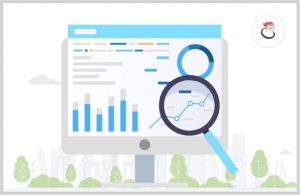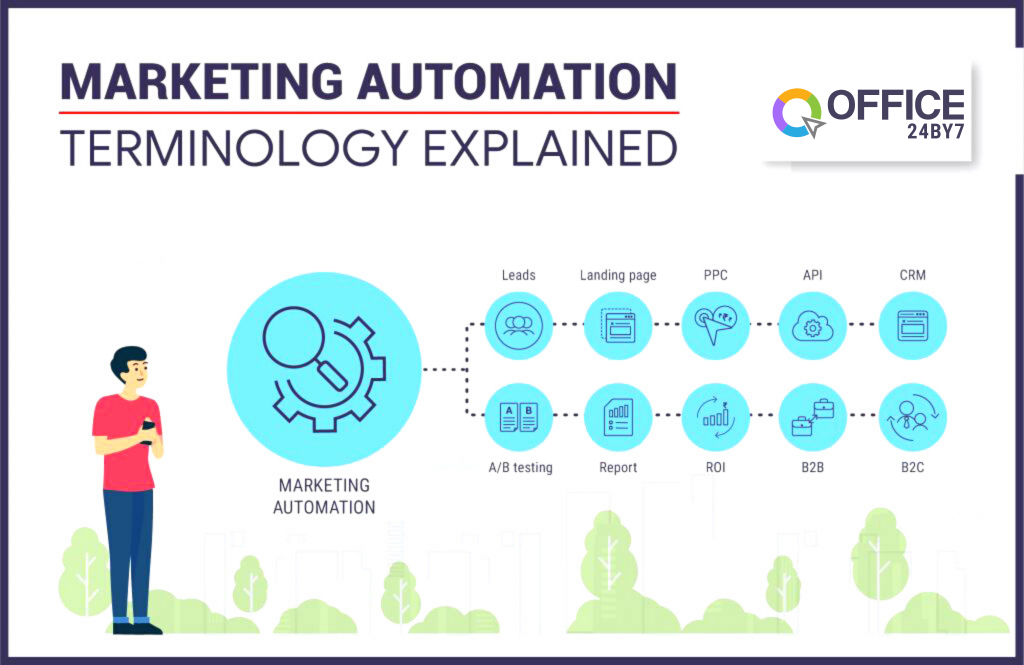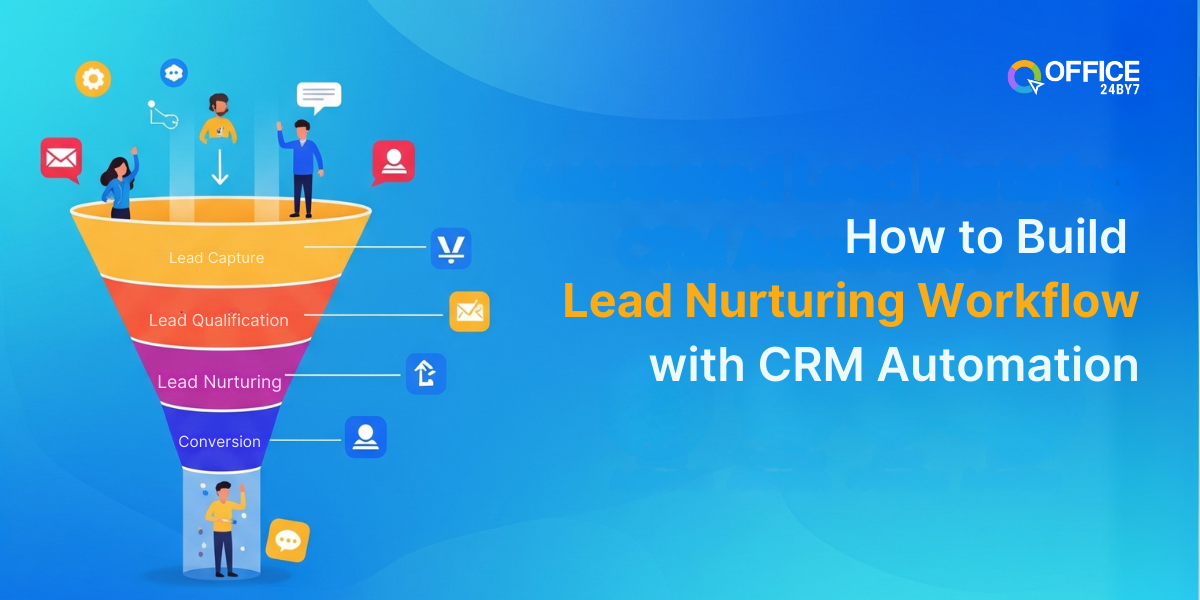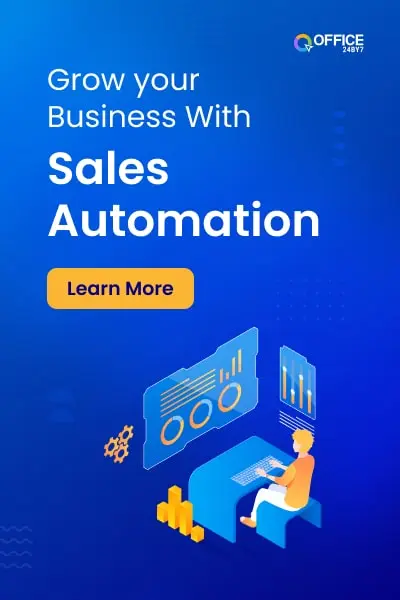Automation technologies have made a significant change to the way marketing activities are run in the recent past. Increased speed, greater accuracy, and enhanced productivity are the major contributions of automation to the marketing scenario. The traditional marketing space is increasingly being taken over by the new automation technologies driven marketing. It’s imperative to familiarize ourselves with the new emerging terminology in the field to understand the new developments taking place around. Let’s get started with some important terms.
Landing Page
Landing Page is a web page with a form, where visitor details are taken to engage further. Different ads and marketing offers are directed to a landing page as well. Landing Page is one of the most important tools to capture the leads. An offer or information is given in exchange for the personal details of the visitor.
Lead
The erstwhile ‘prospective customer’ is being referred to as Lead now. Organization or Individual, who has shown interest in your service or product by visiting your website or filling out a form giving his contact details or who subscribed to your blog is said to be a Lead. Capturing the leads constitute the first step in the sales cycle. Marketing automation opens a variety of means to capture the leads from different sources.

Hot Lead
Leads which are on the verge of completing a sale are known as hot leads. Hot leads or quality leads are targeted on a priority basis, as the chances of converting a quality lead are much higher compared to regular leads. Usually, scores are given to leads based on the interaction and response, most often the scoring is automated where the criterion is preset.
Lead Nurturing
Engaging the lead over a series of communications through SMS, Email, and Voice Calls with an aim to complete the sales is called Lead Nurturing. It requires clever positioning of the campaign information and ensuring the right information reaches the target at different stages of the sales cycle. It is often used interchangeably with drip marketing but both are not the same. Actually, drip marketing is used to nurture leads.
PPC
Pay-per-Click, referred to as PPC in short, is an online marketing method where the clicks on ads are charged by the search engines, social media or the website. It’s a way to quickly attract the traffic to the site instead of organically. Search engine PPC is the most popular and widely used. PPC is best used to capture the most qualified leads with a landing page and a form.
API
API is an acronym for Application Programming Interface, which is essentially a code that allows communication between two applications or software. In the marketing process, contacts and leads from various sources need to be synchronized, also different sales activities need to be carried on simultaneously over multiple apps. Here where the APIs make it easy for integration and communication.
Click-Through Rate
The number of times an ad gets clicked in relation to the number of times it has been shown is considered click-through rate. In simple parlance, the number of clicks divided by the number of impression gives the click-through rate. It is essential to understand the performance of ads as well as keywords in the different marketing campaigns.
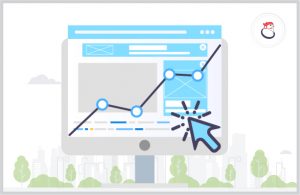
Conversion Rate
Conversion rate is the percentage of visitors who have completed the actual sale. When the number of conversions dived by the total visitors, we get the conversion rate. High conversion rate indicates the success of your campaign and marketing strategies.
CRM
Customer Relationship Management is a set of strategies adopted by an organization or a company to manage the customer interaction, new as well as existing. CRM system provides for easy customer database maintenance and streamlines the process to stay connected with customers. CRM systems and CRM is used interchangeably in the automation area. Many third-party lead generations tools can be integrated into the CRM to make the single customer base. In the lead generation, nurturing and conversion, a CRM system immensely helpful.
B2B
B2B, which stands for Business-to-Business, is used to describe the businesses or companies that sell their products and services primarily to the other businesses. Most of the service selling big companies are actually B2B companies.
B2C
B2C is kind of abbreviation to Business-to-Customer. As the name suggests businesses which sell products and services directly to the consumers are referred to as B2C Companies. Most of the big consumer electronics, car manufactures, etc. are B2C companies.
A/B Testing
A/B Testing is a process where two different variations of one variable tested to determine which one performs better. It is important to fine-tune the marketing campaigns, particularly, landing pages with different CTA, Email Marketing with various subject line and different color or designs for highlighting the appeal.
Bounce Rate
Bounce rate refers to website bounce rate, is the percentage of people who visits a particular page and goes back without navigating to other pages or clicking on anything. A high bounce rate indicates problems with the content or UI and UX problems in the site and cause poor conversion.
There is an Email Bounce rate as well. It refers to the rate at which the Emails are unable to be delivered to the intended recipient’s inbox. Here, a high bounce rate indicates issues with the contact lists.
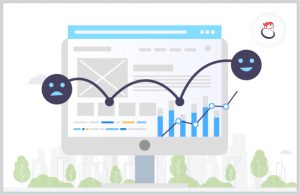
CTA
Call-to-Action, also called CTA, is often a button or link which is intended to prompt an instant response or push to an immediate sale. In the online marketing CTA is used for lead capturing and to complete an immediate sale. The CTA constitutes an important part of all digital marketing campaigns to convert the visitor into a lead. Hence, it is important to plan your message to drive the lead towards a CTA.
Churn Rate
Churn rate indicates the number of customers leaving out in a particular period. Divide the lost customers in a time frame with the total number of customers without adding the newly acquired customer in the same period gives the churn rate. IT helps to understand the average time a customer sticks around and customer acquisition costs and revenues.
CMS
Customer Management System, shortly CMS, is a software application or set of programs designed to make it easy for users to update, edit and manage website content without any technical expertise. One can add, delete the content, images. Also, can index and interlink the other content.
Cost-per-Lead
Cost-per-Lead, popularly CPL, is the amount a business or organization spends to acquire a single lead. It is an important parameter to be monitored by businesses, particularly, for the online marketing efforts where bidding based ads take place.
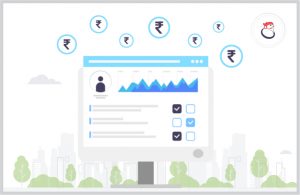
Form
A form with few details of the user used in landing pages and attached to various ads to generate leads. A form is essentially used to convert the visitors into leads. It is important to keep the details to a minimum, only the essential details like name, number and email should be asked in the form to not to irritate the visitor.
Marketing Automation
Marketing Automation refers to the software or set of technologies which automates most of the marketing process from creating and running campaigns to managing and nurturing the leas. Marketing automation uses multichannel communication to reach and deliver the marketing message to targeted audience. Marketing Automation helps to generate, organize and nurture the leads besides allowing the overall ROI.
Net Promoter Score (NPS)
Net Promoter Score is a tool to measure the loyalty of customers to a firm or organization. It indicated the customer satisfaction level. It is usually devised by a survey where the customers are asked to give their rating to recommended you to others on a scale of 1-10. Measuring NPS regular helps to understand where exactly they stand on NPS and to do the required to improve the score.
E-Book
E-books are mostly used to generate leads. E-book is a variety of long-form content, bigger than the blog post, where an issue or a subject discussed in details. Often, in exchange for visitor details, the E-books are downloadable. Every download fetches a lead to the organizations.
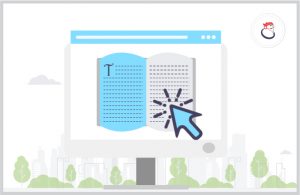
ROI
ROI is a performance evaluation measure on the investment. Essentially, it is the gain from an investment. It is the ratio between the net profit and the cost of investment. A high ROI indicates good returns, where the negative ROI means loss of investment.
Unique Visitor
Unique Visitor is a person who visits a website more than once in a defined time frame. Usually, when a person visits a site it is not the visitor but the IP address the If a user visits a website form an IP address it is not the visitor but the IP address of visitor counted as one. If the same visitor visits again from same IP address he is not counted as two. When the subsequent visits are in a defined period the visitor will be Unique visitor.
Analytics
In the marketing arena, particularly, in the inbound marketing analytics is weighed highly. Analytics in the context can be summed up as the performance data of various initiatives on different parameters to assess its efficacy in detail and to draw trends. Also, to delineate informed marketing decisions based on actionable insights. In the inbound marketing analytics help to constantly improvise the marketing actions.
